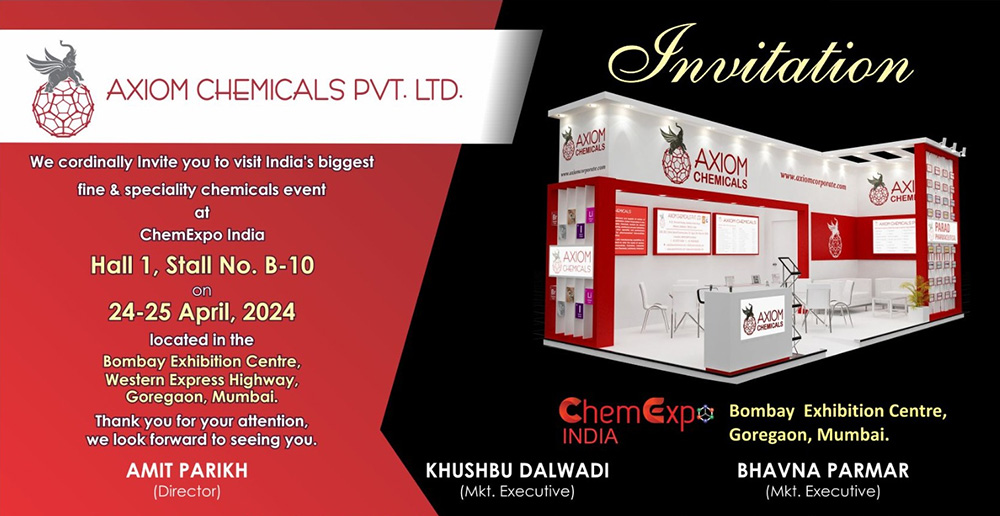Product Description
Lithium fluoride stands as an inorganic compound with the chemical formula LiF. This is a colorless odorless solid compound with a bittersaline taste. Its structure is analogous to that of sodium chloride and is less water soluble. Mainly utilized as an element of molten salts the placement of LiF from the elements takes out one of the highest energy in every mass of reactants.
Lithium Fluoride Properties:
1. Chemical formula: LiF
2. Molar mass: 25.939(2) g/mol
3. Appearance: White powder or colorless hygroscopic crystals
4. Density: 2.635 g/cm3
5. Melting point: 845 degree centigrade
6. Boiling point: 1,676 degree centigrade
7. Solubility: Soluble in HF; Insoluble in alcohol
8. CAS Number: 7789-24-4
Lithium Fluoride Applications:
1. Nuclear Industry: Lithium fluoride is used as a flux in the production of ceramics, to lower the melting point of the materials involved. It's also used as a neutron absorber and in the production of nuclear fuel.
2. Optical Coatings: LiF is transparent to ultraviolet (UV) radiation and has a low refractive index, making it useful in optical coatings for lenses, windows, and prisms, especially for UV applications.
3. Thermoluminescent Dosimeters (TLDs): Lithium fluoride crystals are employed in TLDs for measuring ionizing radiation doses. When exposed to radiation, LiF crystals trap the energy, which is then released as visible light when heated, allowing for dose measurement.
4. X-ray Windows: Due to its transparency to X-rays and low absorption coefficient, lithium fluoride is used as windows in X-ray tubes and detectors.
5. Scintillation Detectors: LiF crystals are used as scintillation detectors in particle physics experiments and medical imaging devices such as positron emission tomography (PET) scanners, where they convert incident radiation into visible light, allowing for the detection and analysis of radiation.
6. Chemical Synthesis: Lithium fluoride is utilized in organic synthesis as a source of fluoride ions for various reactions, particularly in the preparation of organofluorine compounds.
7. Lithium-ion Batteries: Though not as common as other lithium compounds like lithium cobalt oxide or lithium iron phosphate, lithium fluoride has been researched for potential applications in lithium-ion batteries due to its high electrochemical stability.
8. Laser Crystals: LiF can be doped with certain ions to create laser crystals used in various laser applications, including medical, industrial, and scientific uses.
9. Etching: Lithium fluoride is also used in the semiconductor industry as an etchant for silicon dioxide (SiO2) during the fabrication of integrated circuits.
Lithium Fluoride FAQ:
Q. How is lithium fluoride used in nuclear applications?
Ans: In the nuclear industry, lithium fluoride is used as a flux in the production of ceramics, to lower the melting point of materials. It is also utilized as a neutron absorber and in the production of nuclear fuel.
Q. What are thermoluminescent dosimeters (TLDs), and how does lithium fluoride play a role in them?
Ans: TLDs are devices used for measuring ionizing radiation doses. Lithium fluoride crystals are employed in TLDs, where they trap energy from radiation. When heated, the crystals release this energy as visible light, allowing for the measurement of radiation doses.
Q. Why is lithium fluoride used in optical coatings?
Ans: Lithium fluoride's transparency to UV radiation and low refractive index make it suitable for optical coatings in lenses, windows, and prisms, especially for UV applications.
Q. How does lithium fluoride function in scintillation detectors?
Ans: In scintillation detectors, lithium fluoride crystals convert incident radiation into visible light, which can be detected and analyzed. These detectors are used in particle physics experiments, medical imaging devices, and other radiation detection applications.
Q. Is lithium fluoride safe for use?
Ans: In general, lithium fluoride is considered safe when handled properly. However, like many chemicals, it should be used with caution, and safety protocols should be followed to minimize risks associated with its use and handling.
Q. Are there any environmental concerns associated with lithium fluoride?
Ans: Lithium fluoride itself is not considered environmentally hazardous. However, as with any chemical, proper disposal methods should be followed to prevent environmental contamination.
Q. Is lithium fluoride used in consumer products?
Ans: While lithium fluoride is not commonly found in consumer products, its applications in areas such as optical coatings and semiconductor etching indirectly impact consumer goods, particularly in the manufacturing of electronics and optical devices.



